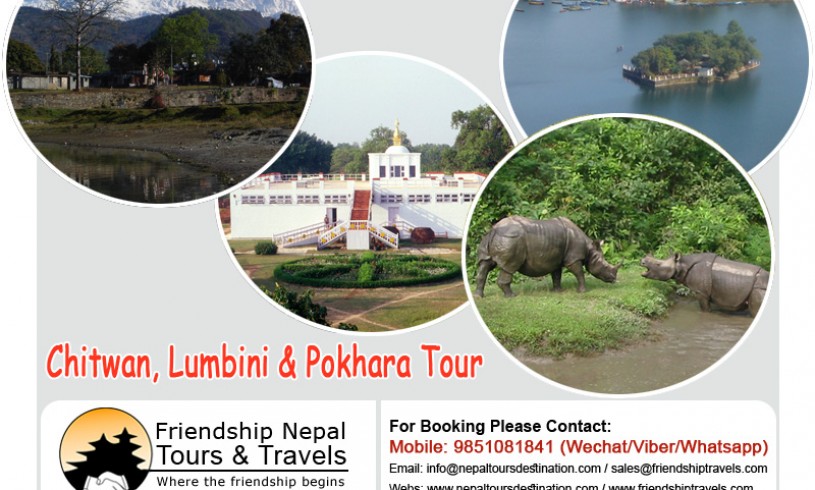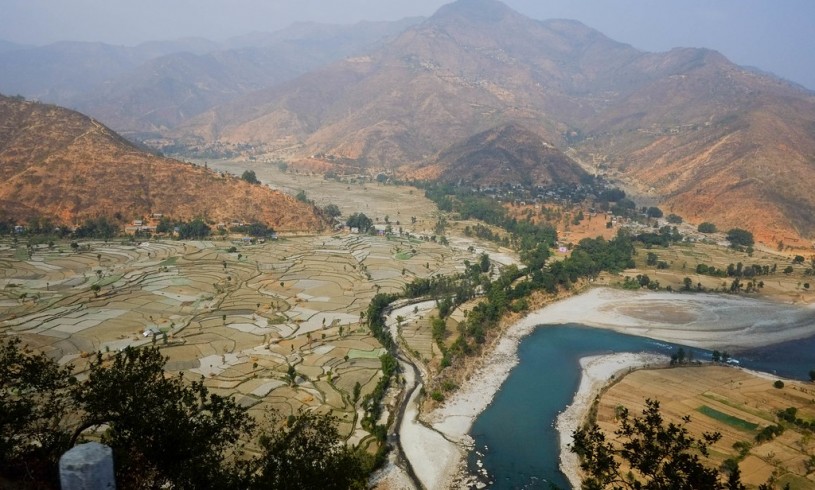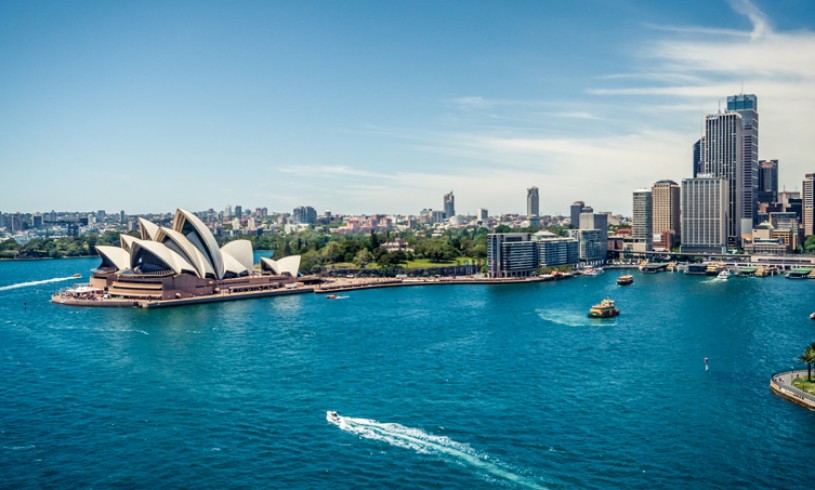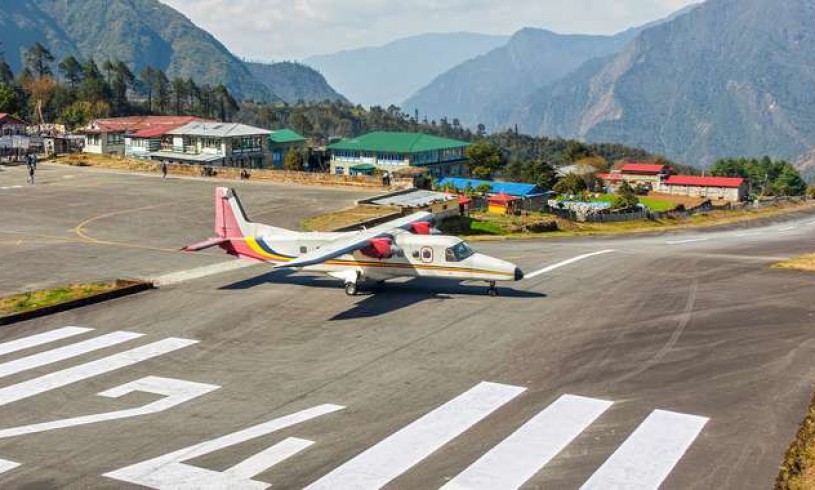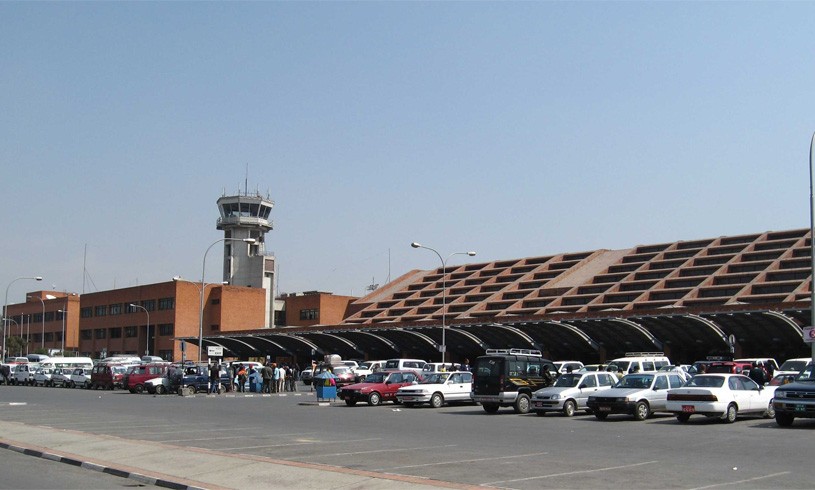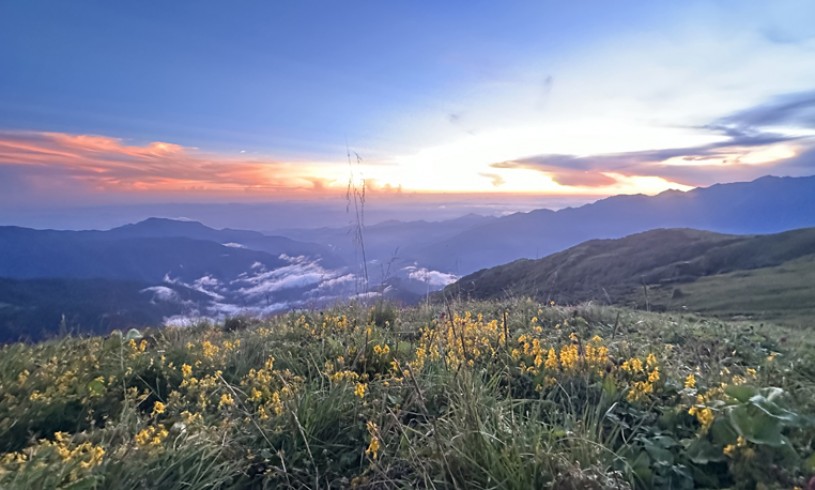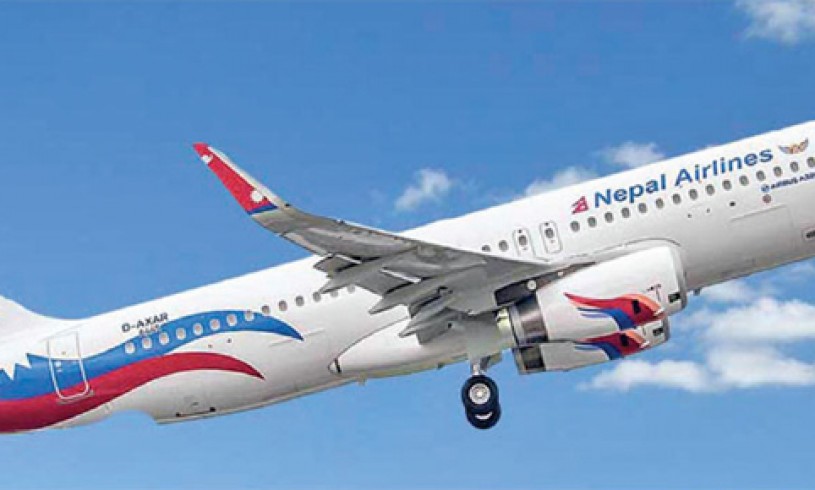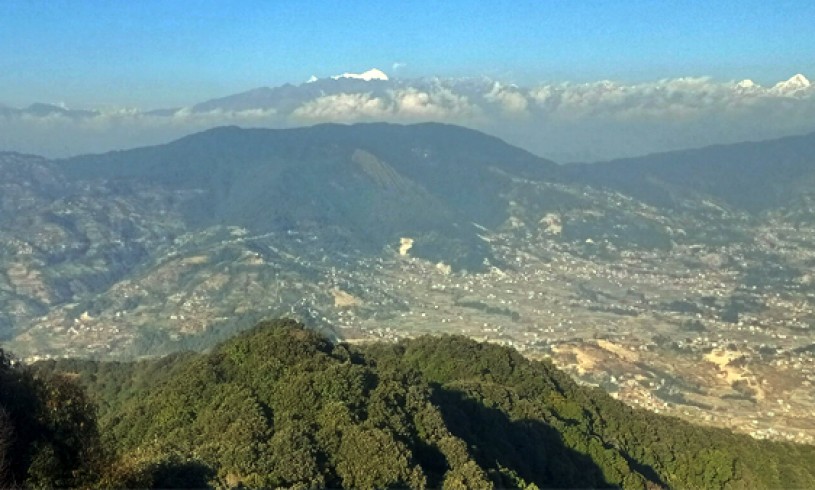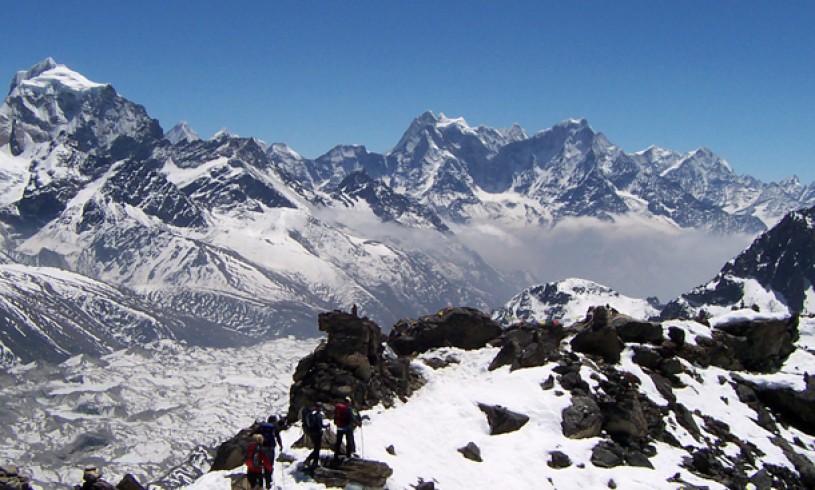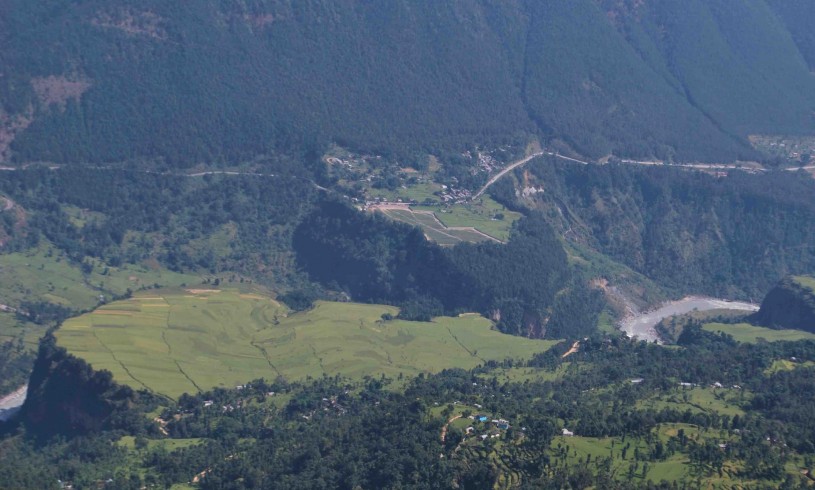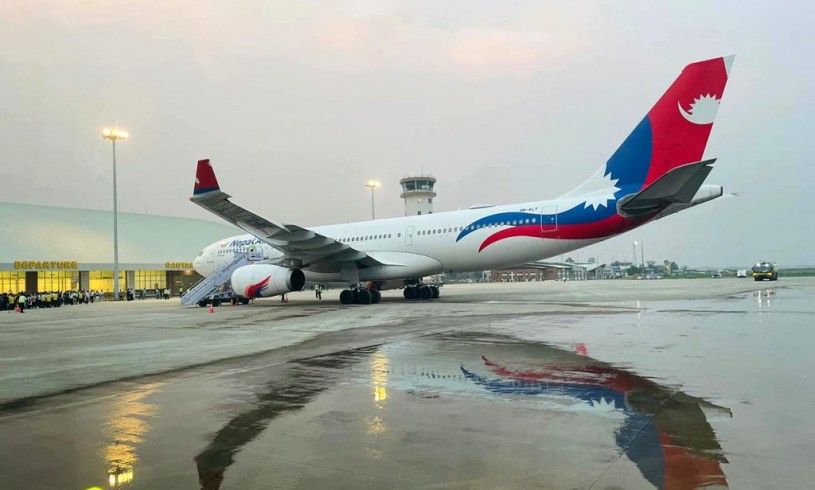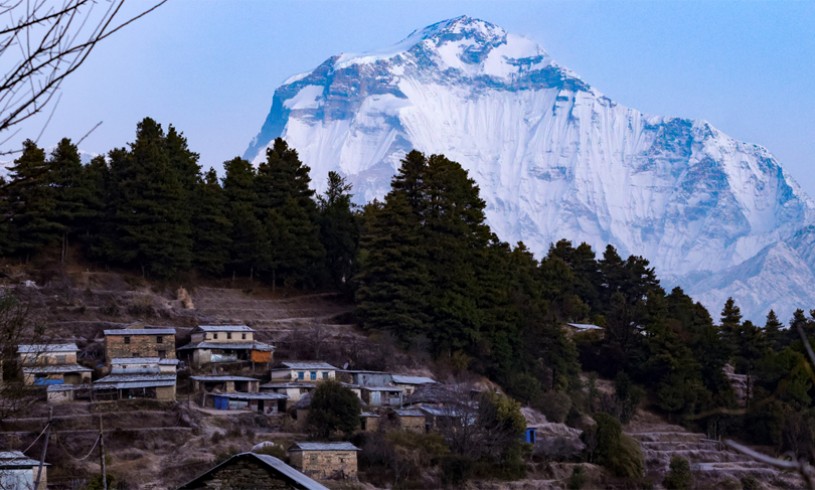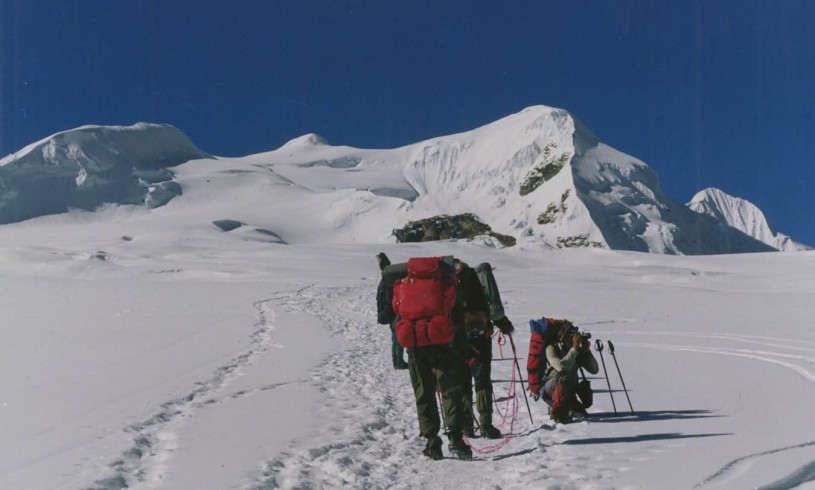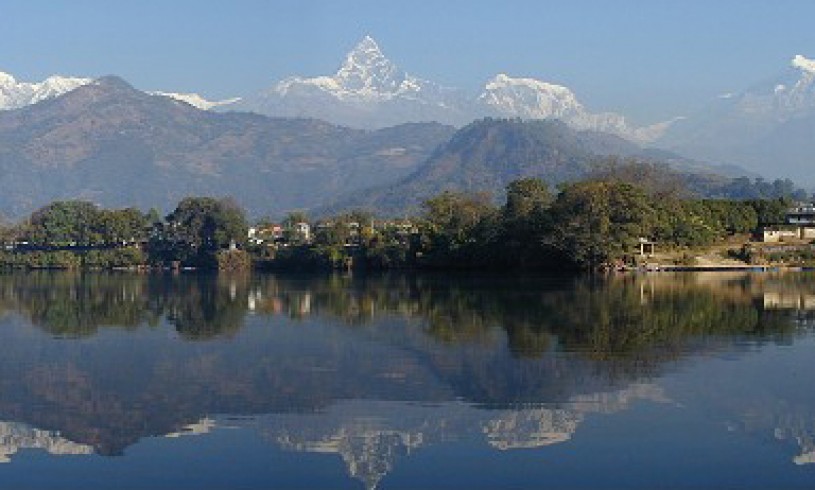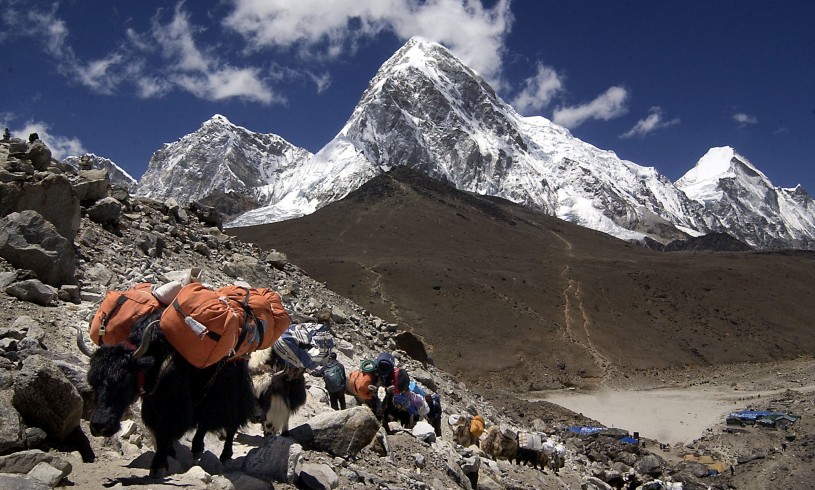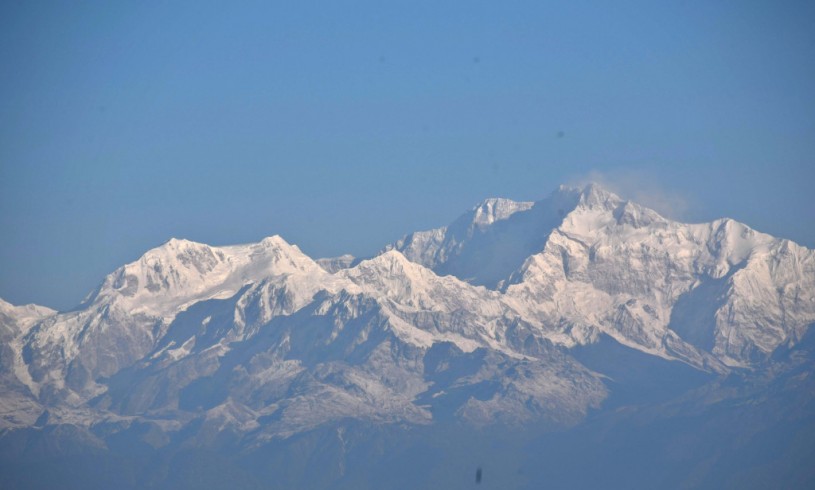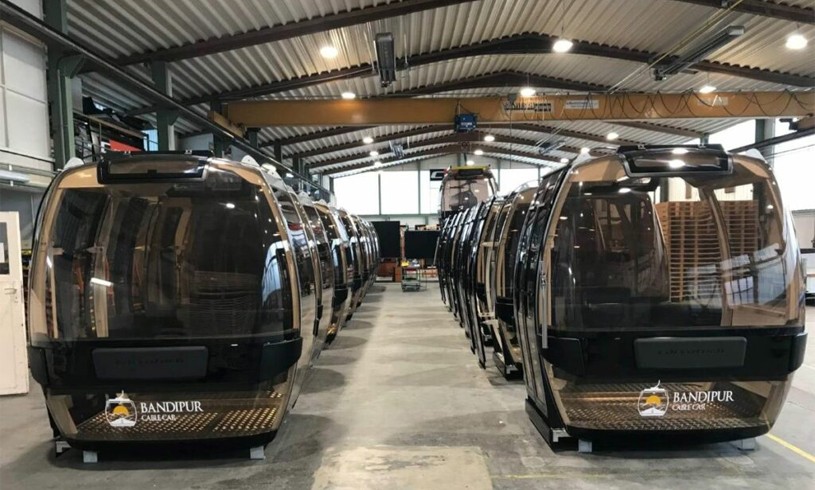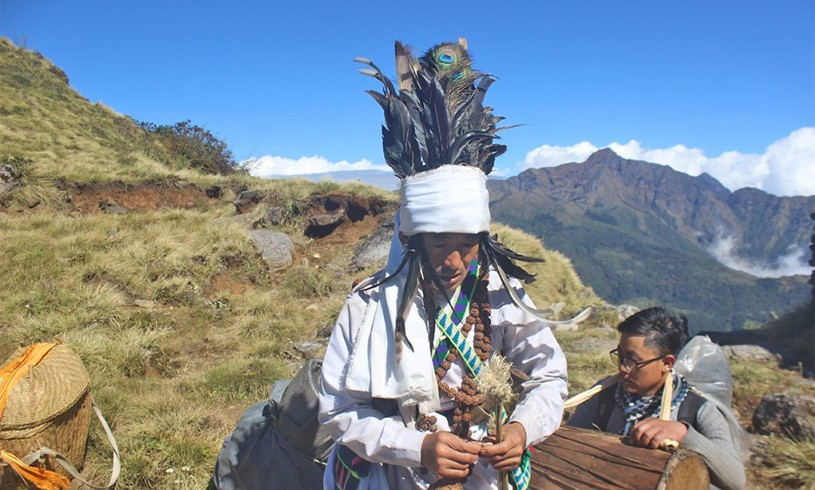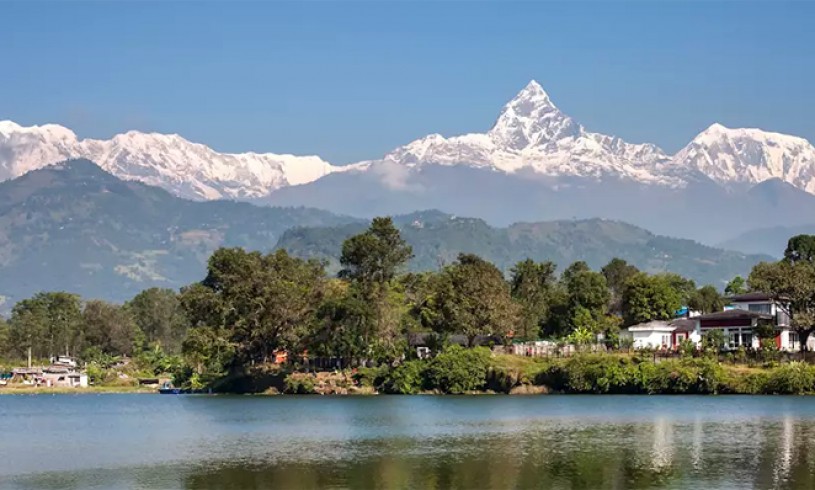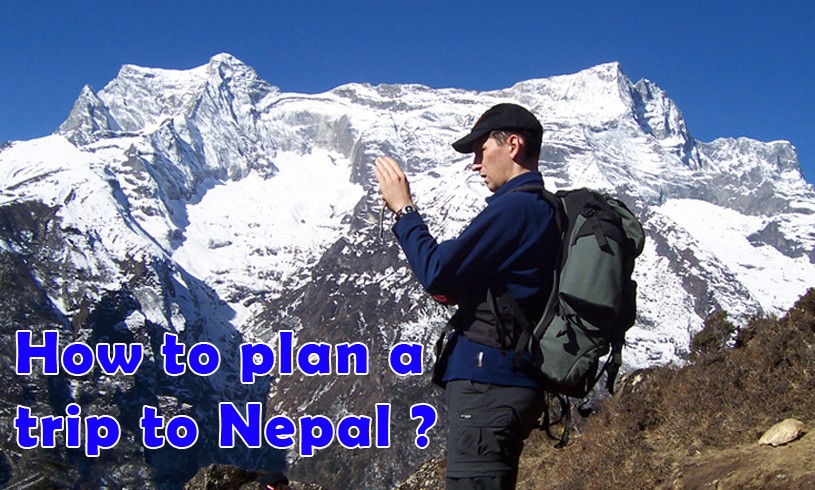
How to plan a trip to Nepal
Planning a trip to Nepal involves several key steps to ensure you have an enjoyable and smooth experience. Here’s a comprehensive guide to help you get started:
1. Research and Decide on Your Itinerary:
-
Destinations: Decide which places you want to visit, such as Kathmandu, Pokhara, Chitwan National Park, Lumbini, and trekking regions like the Annapurna or Everest.
-
Activities: Identify the activities you’re interested in, such as trekking, cultural tours, wildlife safaris, adventure sports, or spiritual retreats.
2. Best Time to Visit:
-
Season: The best times to visit Nepal are during the spring (March to May) and autumn (September to November) when the weather is mild and visibility is excellent.
-
Monsoon Season: June to August is the monsoon season, which can bring heavy rains and make travel less pleasant.
3. Budget and Accommodation:
-
Budgeting: Set a budget for your trip, including flights, accommodations, food, activities, and transportation.
-
Accommodation: Research and book accommodations in advance, especially during peak tourist seasons. Nepal offers a range of options from budget hostels to luxury hotels.
4. Travel Documents and Insurance:
-
Passport: Ensure your passport is valid for at least six months from your planned date of entry.
-
Visa: Obtain a tourist visa before arrival or upon entry at Tribhuvan International Airport in Kathmandu.
-
Travel Insurance: Purchase travel insurance that covers health issues, travel delays, and other emergencies.
5. Health Precautions:
-
Vaccinations: Make sure you're up to date with routine vaccines. Hepatitis A, Typhoid, and Hepatitis B vaccines are often recommended.
-
First-Aid Kit: Carry a basic first-aid kit with band-aids, antiseptic wipes, painkillers, and any personal medications.
-
Water Safety: Drink bottled or purified water to avoid waterborne illnesses.
6. Packing:
-
Clothing: Pack layered clothing to adapt to varying weather conditions. Include comfortable walking shoes, a warm jacket, and a lightweight raincoat.
-
Accessories: Bring a hat, sunglasses, scarf, daypack, reusable water bottle, and camera.
-
Personal Items: Pack toiletries, sunscreen, hand sanitizer, and wet wipes.
7. Book Flights and Local Transportation:
-
Flights: Book your international flights to Kathmandu. Domestic flights or buses can be booked for travel within Nepal.
-
Local Transportation: Taxis, buses, and domestic flights are common modes of transportation. Consider hiring a private car for convenience.
8. Permits:
-
Trekking Permits: Obtain the necessary permits for trekking, such as the TIMS card and specific permits for protected areas (e.g., Annapurna, Everest).
-
Conservation Fees: Pay any applicable conservation or national park fees.
9. Local Culture and Etiquette:
-
Respect Local Customs: Learn a few local customs and greetings. A simple “Namaste” with folded hands is a great way to show respect.
-
Dress Modestly: Wear clothing that covers your shoulders and knees when visiting temples and religious sites.
-
Shoes Off: Remove shoes before entering homes or temples.
-
Right Hand: Use your right hand for eating and giving items, as the left hand is considered unclean.
10. Connectivity:
-
SIM Card: Get a local SIM card for better connectivity. Wi-Fi is available in most hotels and cafes.
With these steps, you’ll be well-prepared to enjoy your trip to Nepal to the fullest! If you have any specific questions or need more detailed information on any aspect of planning your trip, feel free to ask.

